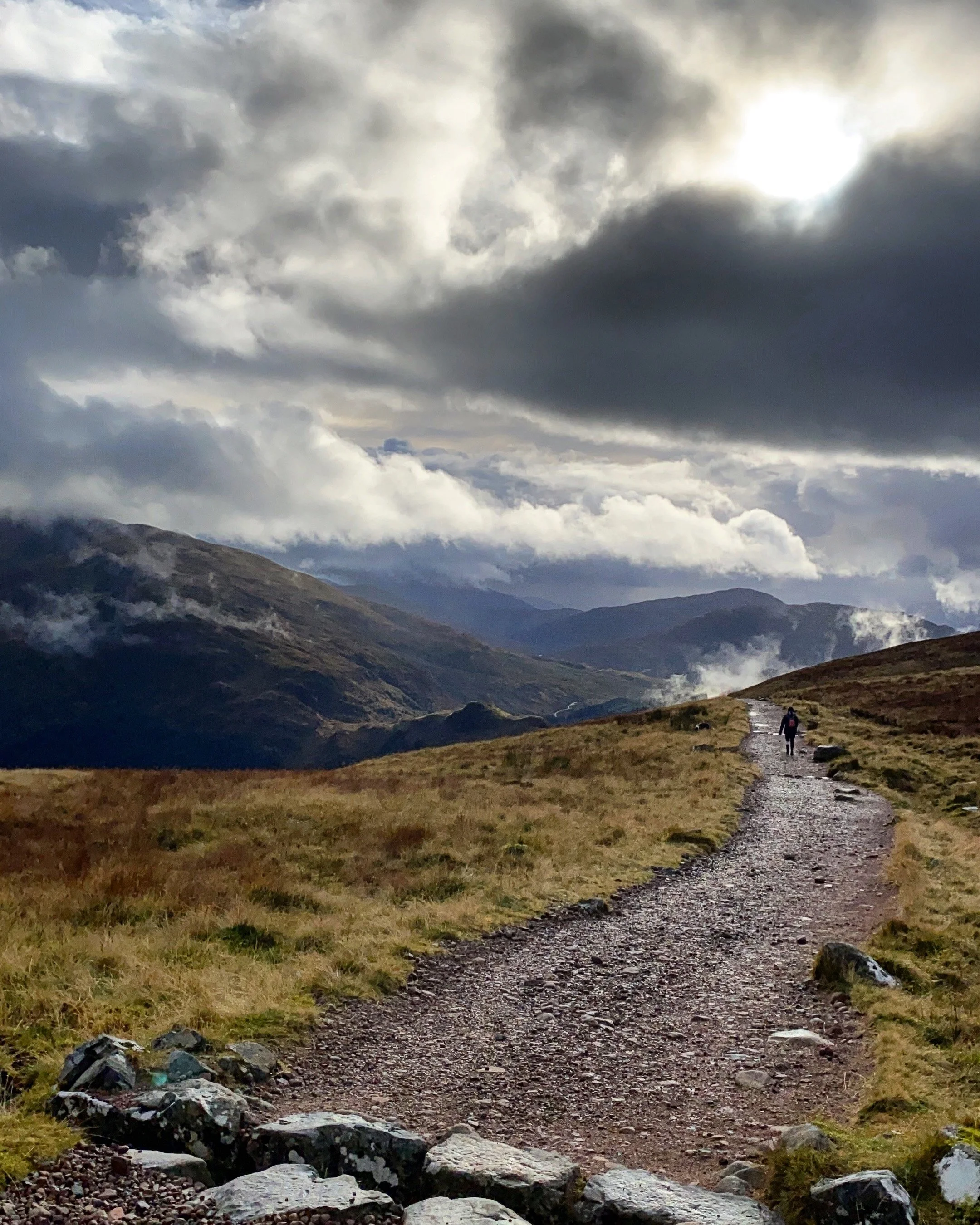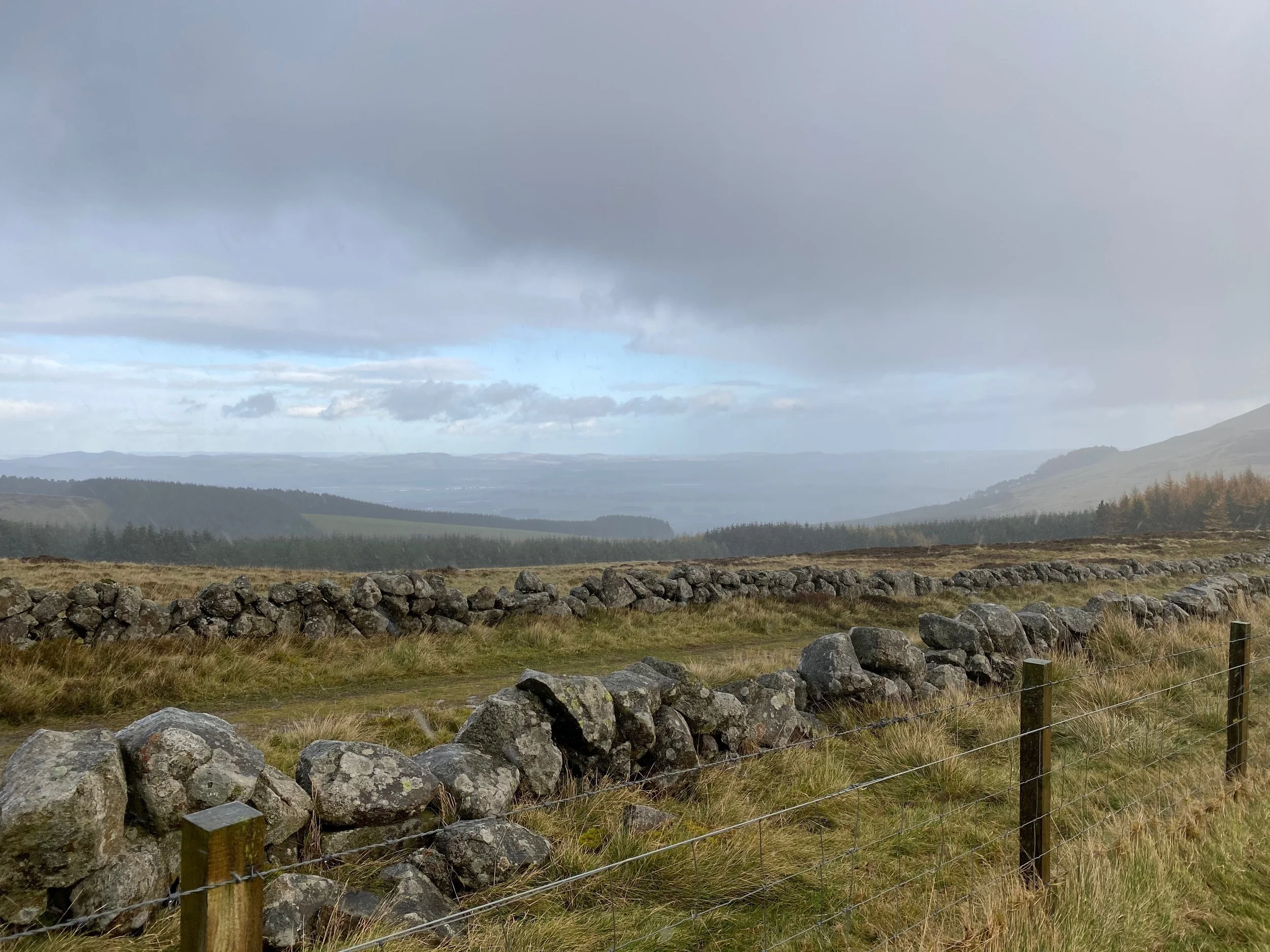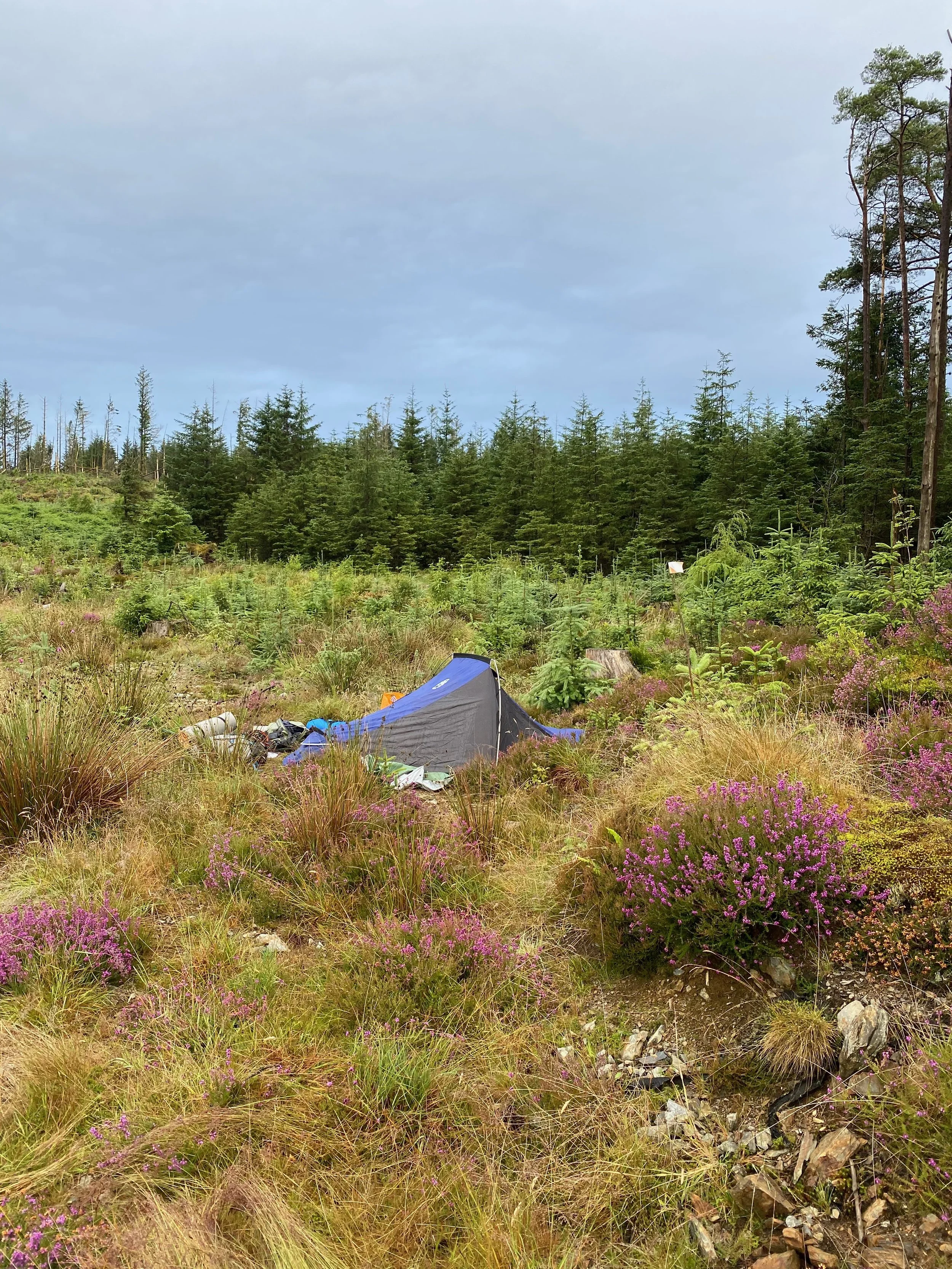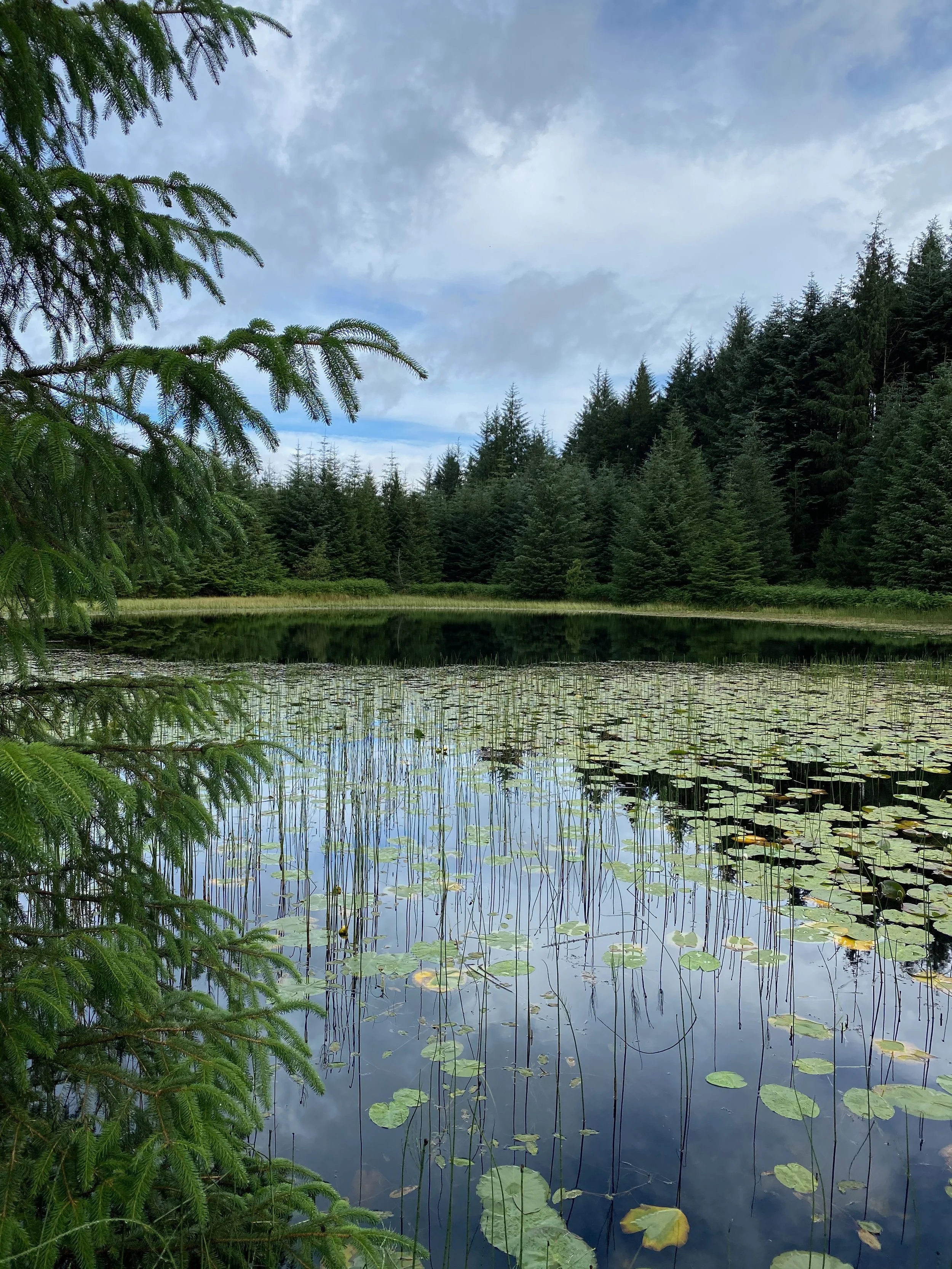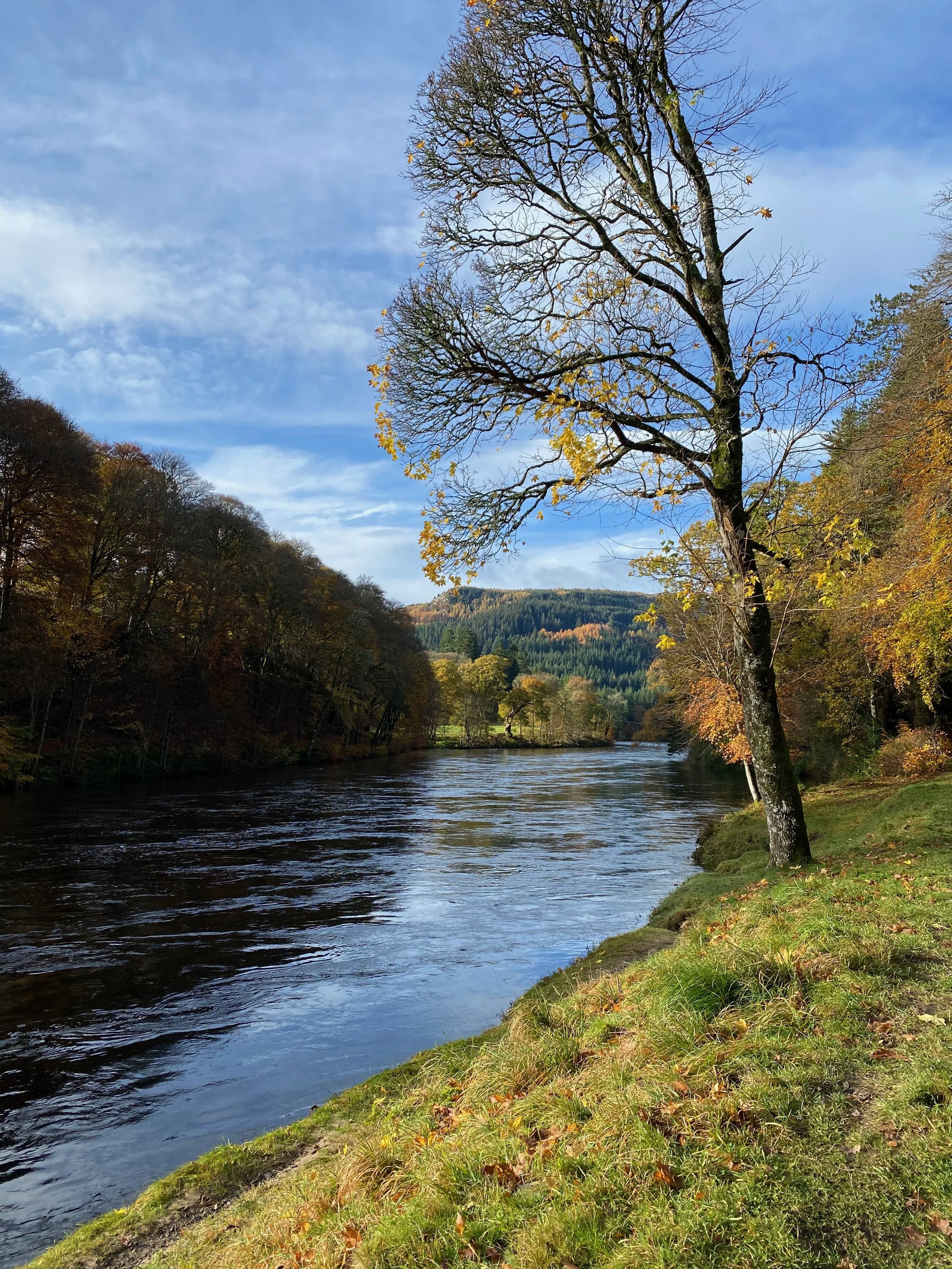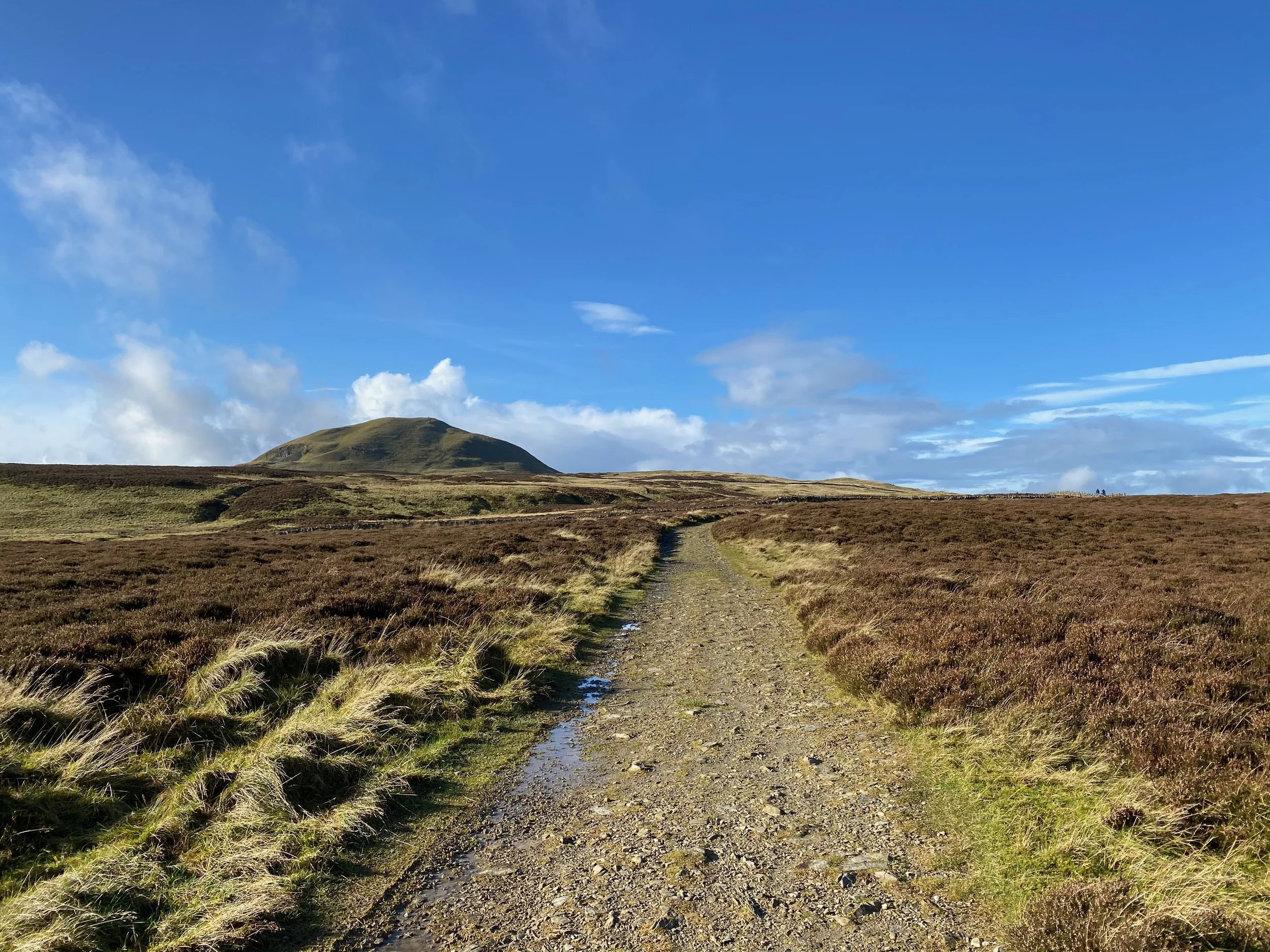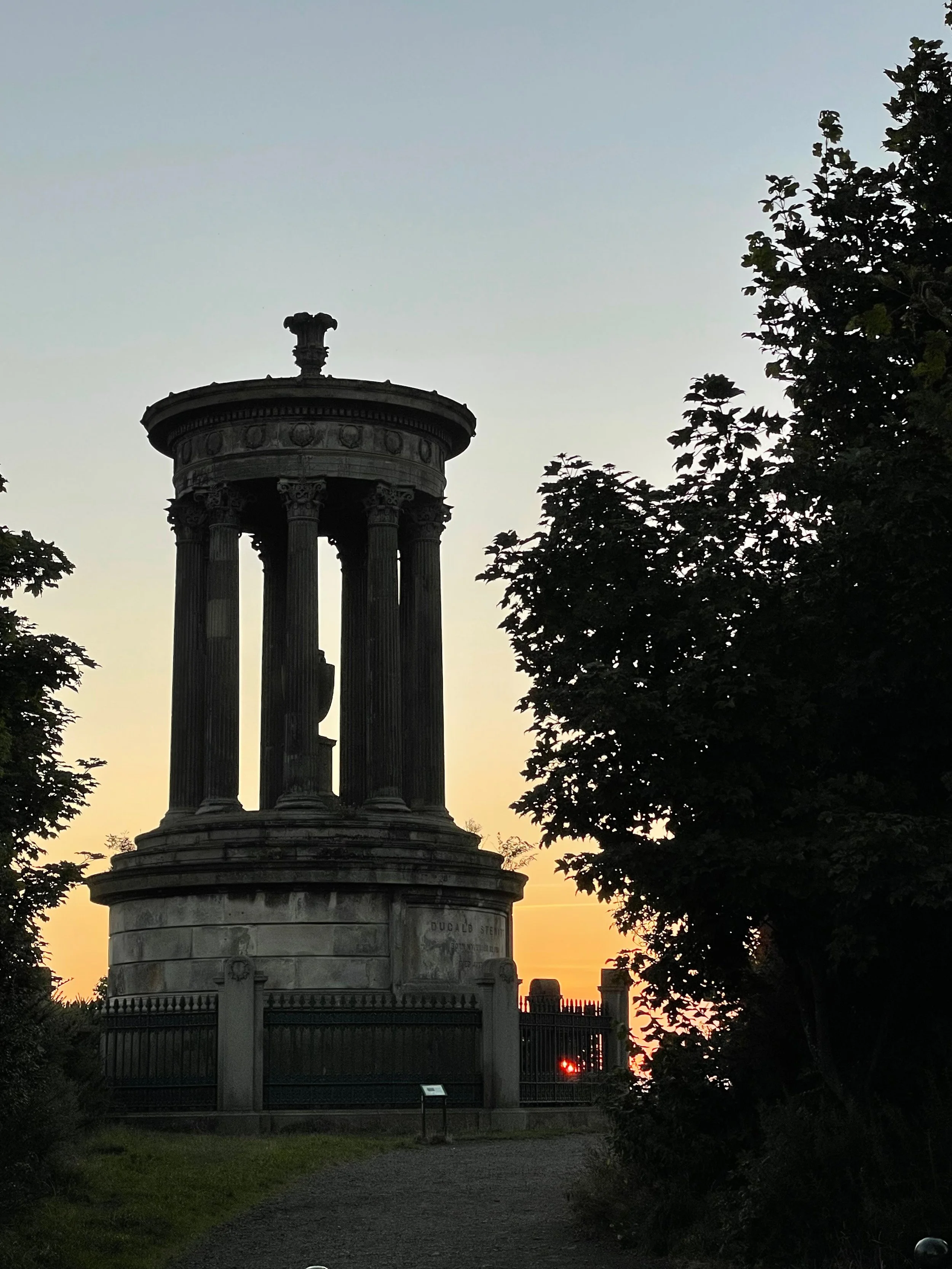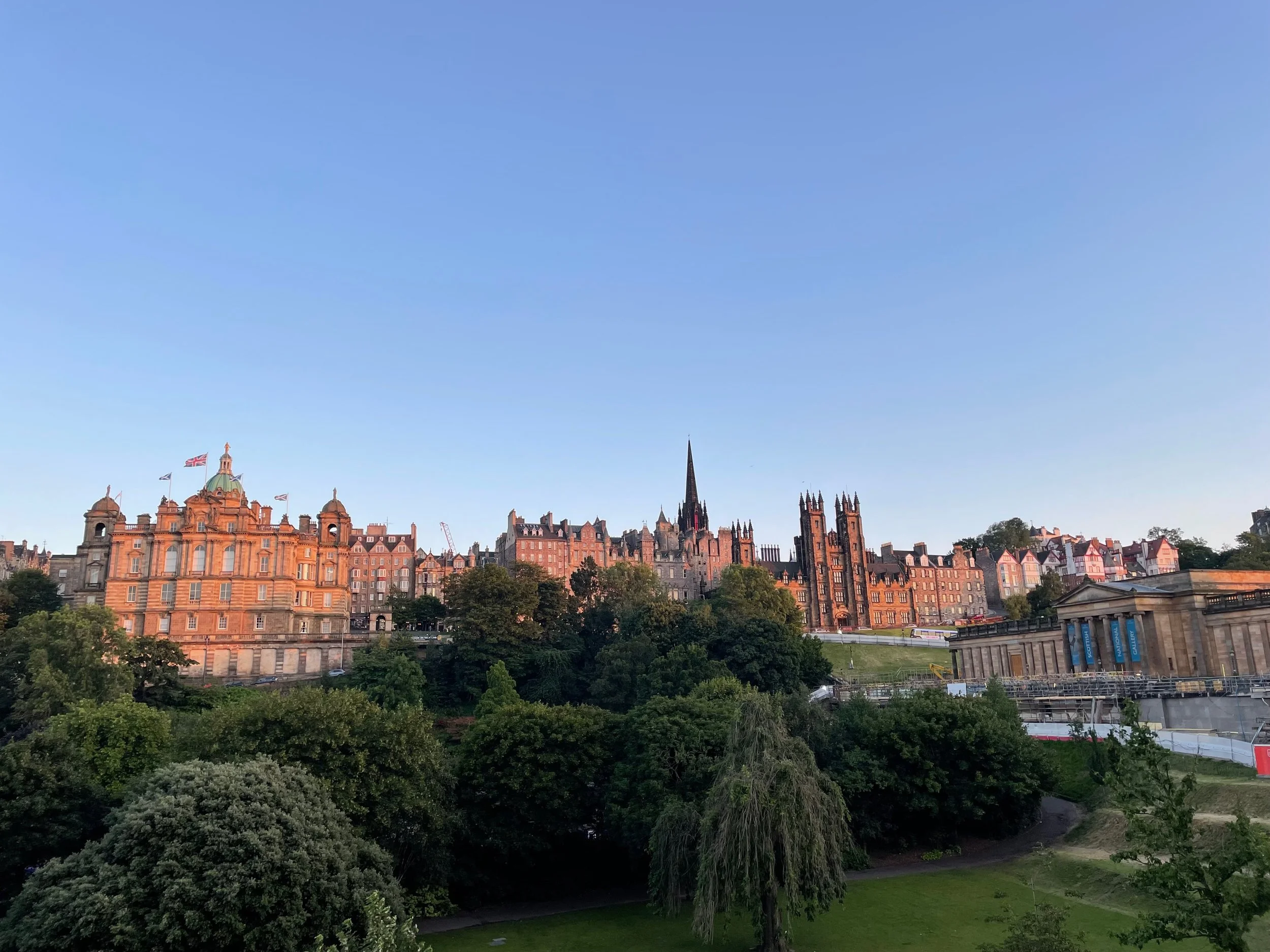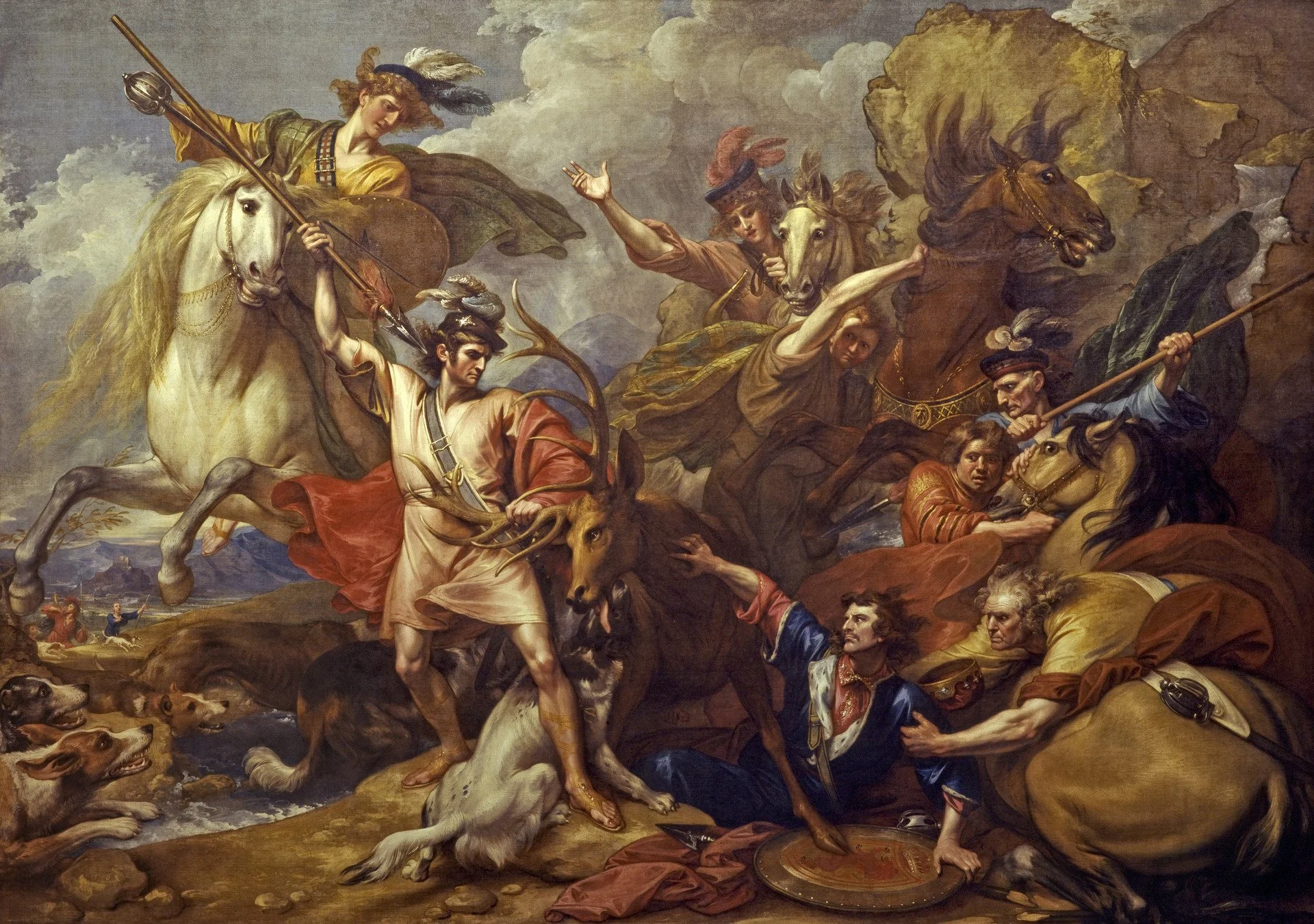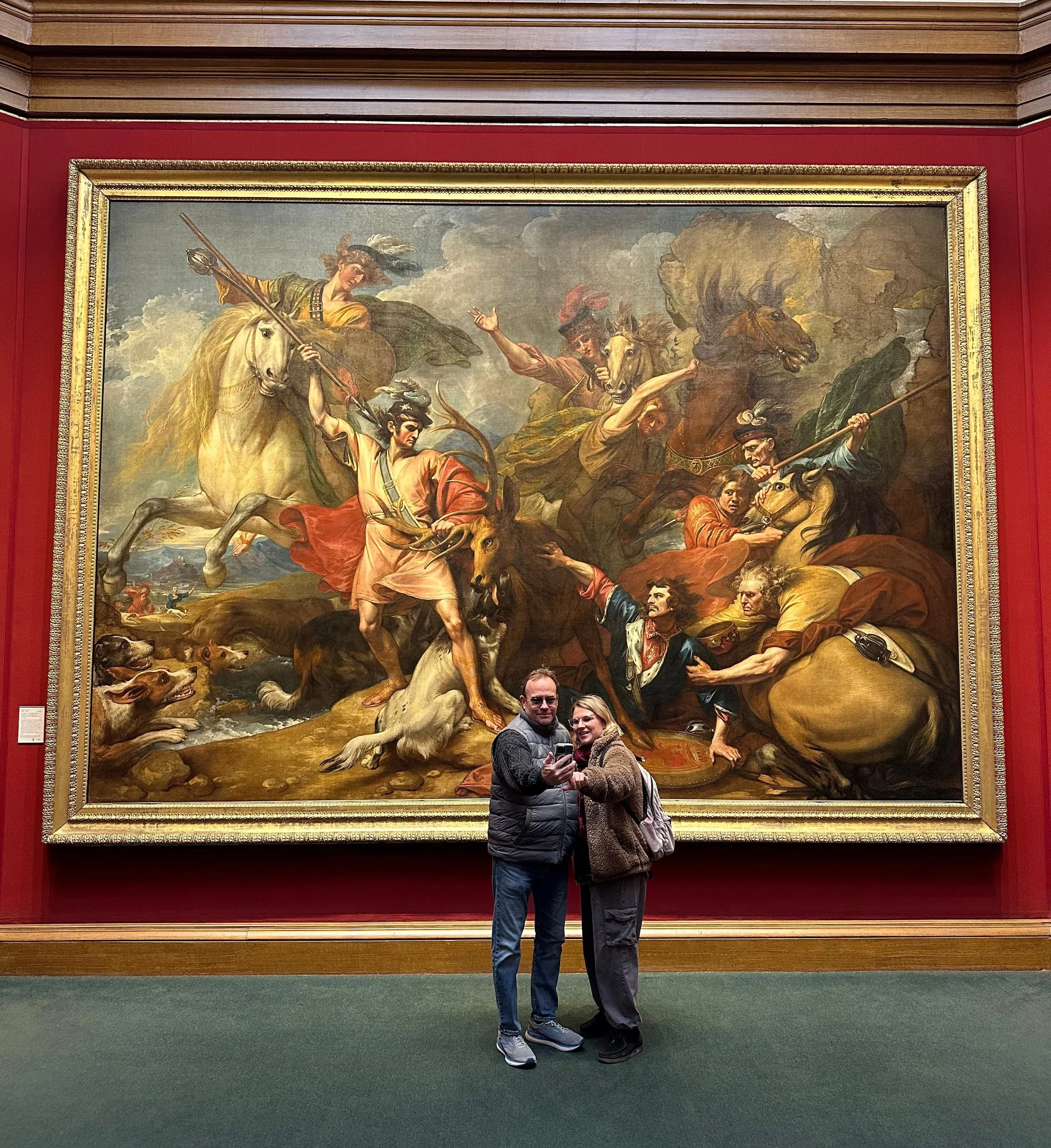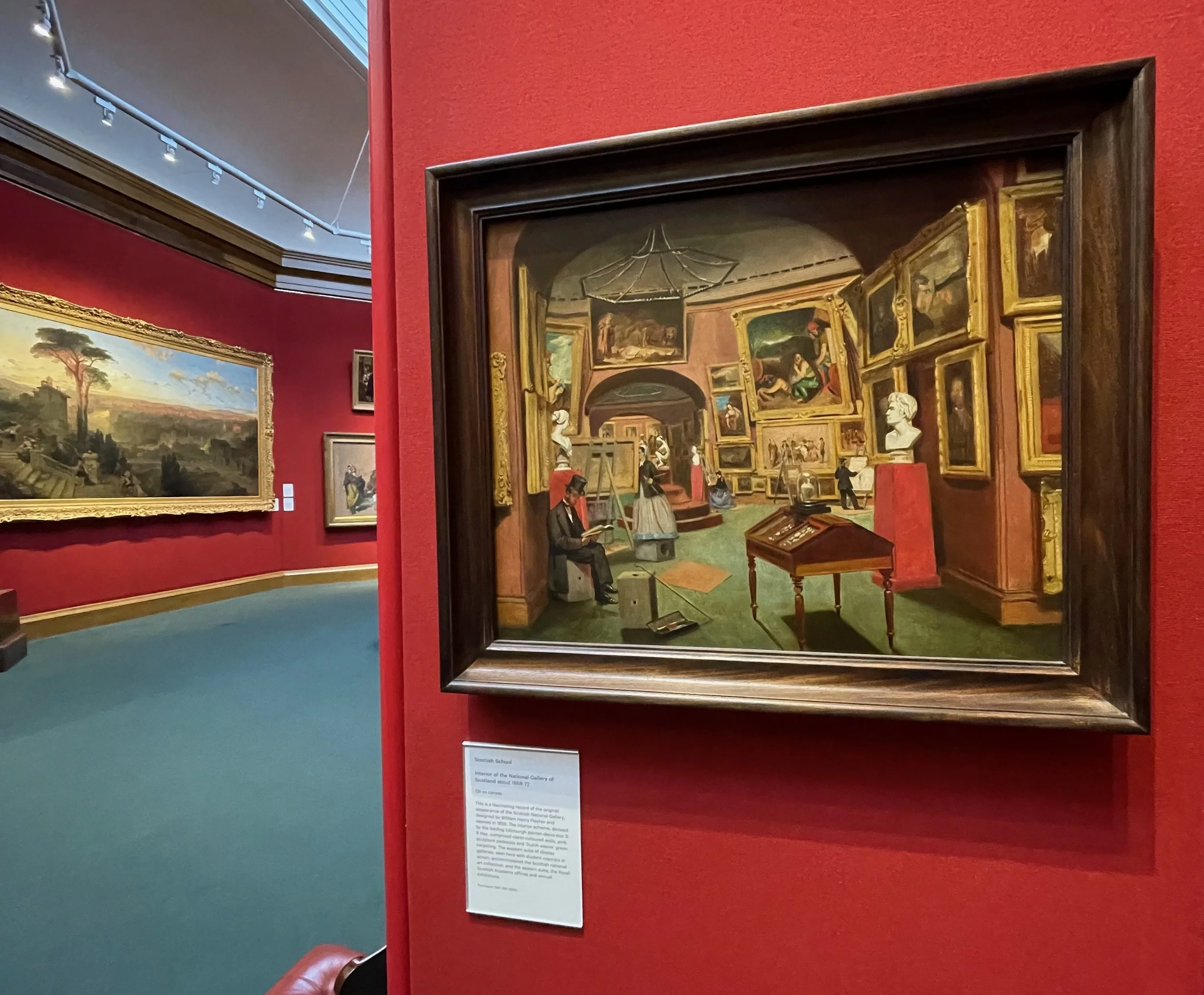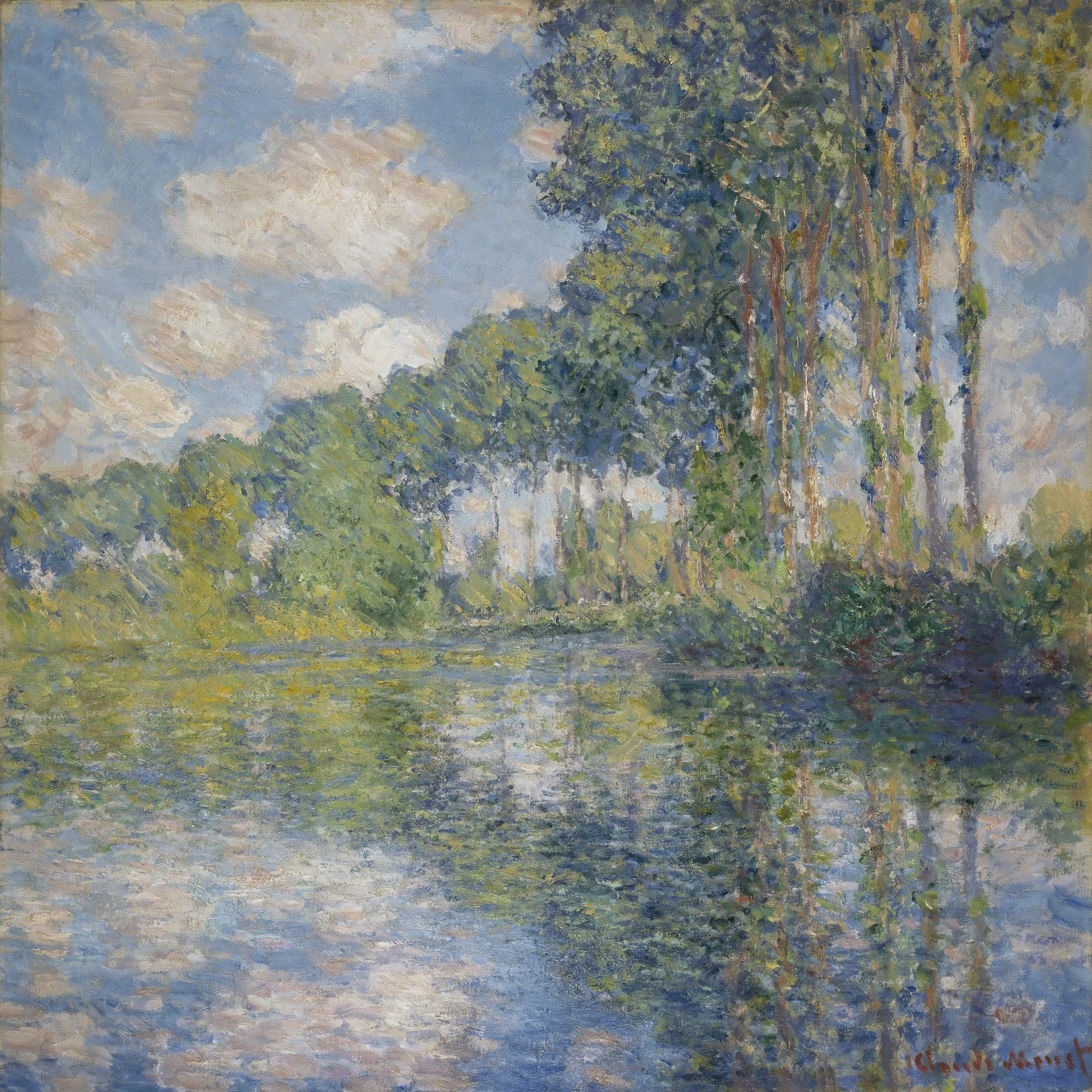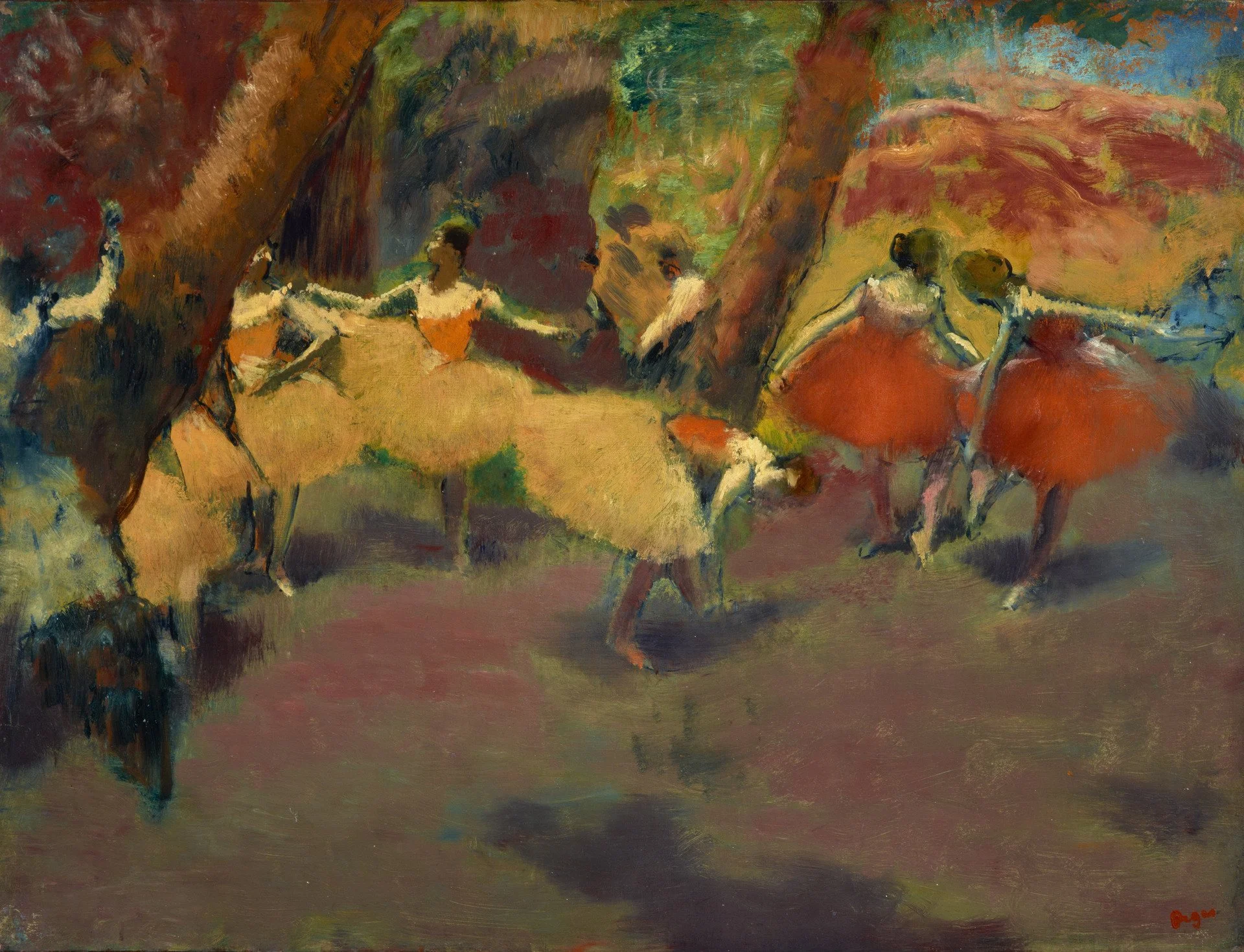Art Experience: National Gallery Edinburgh
Recently my parents came over from Alabama for a visit with me here in the UK. I’ve been living here for about 8 years, and they hadn’t visited since 2017! We had two weeks together so I decided to show them things about the UK I love the most—historic sights and the beautiful, dramatic landscapes you find on the edges of the island. I decided we’d head up to Scotland since, like many Americans, we have ancestors who migrated from there a couple hundred years ago.
I first started exploring Scotland during lockdown. We had a few periods during the pandemic where we were allowed to travel, so I’d pack up and do some solo exploration whenever I had a chance to get away.
I first went to the Highlands to tackle Ben Nevis during a week-long hiking trip to hike up the big three—Mt. Snowdon, Scafell Pike and Ben Nevis. Later I explored the forests of Galloway and areas around Perth and Dundee. Then as the pandemic was coming to a close, I went to Edinburgh and spent a few days soaking up everything the city had to offer. I fell in love with Edinburgh—I walked all over the city, explored some of the tourist attractions and loved the contrast of the city with the hills and sea on its horizons. I did an art drop there, too—I left ten canvases or so dotted throughout the city on my visit!
Edinburgh is a magical city. As an American, it feels like being inside of a Disney film with the castle on the hill, the cobble stoned streets, and the towering blocks of old tenemants in Old Town. Then you have the stunning Georgian architecture and monuments in New Town all looked over by Archer’s Seat. The city itself is looked upon, adoringly, by hills, mountains and the sea on its horizons. It is truly a gem.
On our visit to Edinburgh, we went to the National Gallery—it is, after all, one of the top tourist spots in the city. And it houses an impressive collection of artists from throughout history, including Scottish artists and creatives.
Upon entering the gallery, we were met by the first display “Painting as a Spectacle” that showcased some larger than life paintings (making them truly spectacular!) I’ve always found something really magical about a painting that is produced at such a large scale. For me, it doesn’t really matter if it is a highly detailed allegory or a colorful abstract—the size of the painting itself has a way of insisting that the viewer experience it.
It’s like encountering a room within a room—no matter if its complex or simplistic it offers an escape for viewers, if only momentary, while the viewer explores and ponders its meaning, back-story or, frankly, how the artist managed to complete such a work.
The first work we encountered was the largest painting in the entire collection, Alexander III of Scotland Rescued from the Fury of a Stag by the Intrepidity of Colin Fitzgerald ('The Death of the Stag') by Benjamin West. The painting depicts a scene from a legend where Colin Fitzgerald, the first chieftain of the Clan Mackenzie, saves the life of the Scottish King, King Alexander III, during a hunting expedition.
Alexander III of Scotland Rescued from the Fury of a Stag by the Intrepidity of Colin Fitzgerald ('The Death of the Stag’) by Benjamin West (1738 - 1820), National Galleries of Scotland
As we drove into Scotland the day before, I was pointing out the abundance of deer we were likely to see up there—and my dad had reminded me of the dangers of deer. Deer are known for attacking humans, and of course you wouldn’t want to challenge one with your car—many a tragic accident has happened due to deer darting in front of moving vehicles. In fact, one night many years ago a deer ran out in front of my dad’s car as he was driving home from work. Fortunately dad was safe and sound! The deer, not so much.
This also became a backdrop for me and my dad to take a selfie 👀🤳 we couldn’t help ourselves. Father-daughter time is rare for us these days!
Just beyond the gallery entrance, I spotted a painting that was strikingly familiar—it was a painting of the interior of the gallery, of the very room I was standing in, from around 1868. Immediately appealing was the detail of the activity and objects within the gallery itself—I wanted to be there, with those artists, painting and pondering. And I felt grateful that someone thought to capture the moment, a portrait of activity in a setting that the artist wouldn’t have realized would become an important artifact. Looking upon it now, I realize that some of the paintings featured in this old portrait are still displayed in the Gallery today. How cool is that? I love how this painting reads like a photograph, yet if you really look at it the artist didn’t bother going into crisp detail on the objects in the painting—it’s just enough. Not too much, not too little.
Interior of the National Gallery of Scotland, about 1868 - 1870, Scottish School, National Galleries of Scotland
Just around the corner was an 8.5 ft. tall by 7.5 ft. wide (257.5 x 227.3 cm) photorealistic painting of Niagra Falls by Frederic Edwin Church (1826-1900). The painting was a commission, and the artist painted it based on a sketch and a sepia toned photograph. The most striking thing to me was the colors and the delicacy with which the artist captured the details of the falls—the mist, the flow of the water over the edge, the different tones of blues and greens in the water from different angles, and of course the rainbow and moss at the bottom right corner. I could almost smell the mist of the falls just looking at it. Truly sublime.
Niagara Falls, from the American Side by Frederic Edwin Church (1826 - 1900), National Galleries of Scotland
As I meandered through the gallery, I came upon some of the classic Impressionists—Monet, Degas, and Van Gogh. Impressionism marks a point in history when artists were moved to capture a work (not just a sketch) in the moment rather than working from a studio. Monet is famous for his obsession with light, this is exemplified best by his Haystack Series where he painted 18 paintings of the same haystacks over the course of a year, showcasing the differences of light and atmosphere. Degas is well known for his paintings of ballerinas and Parisian night life—his work focused more on humans and movement, and also showcased a variety of moods driven by lighting, atmosphere and perspective. Van Gogh is known for the conviction and intensity in his brush strokes—his paintings are rich in pigment, as he often placed pigment directly on canvas rather than diluting it with oil. The National Gallery delivered on these artists, giving us a handful of works to admire. I stood looking for finger prints of these masters for a good while and fantasising about spending time in the north of France, as Monet seemed convinced that the quality of light there was like none other (I’d like to verify ☺️).
Poplars on the Epte by Claude Monet, National Galleries of Scotland
Before the Performance by Edgar Degas, National Galleries of Scotland
Olive Trees by Vincent Van Gogh, National Galleries of Scotland
Later on, we came across a display called “Symbolism and Celtic Revival” that showcased work from Scottish artists during a period of time when Scotland was striving to create a sense of national identity in the wake of the industrial revolution, and so artists of this time period (between 1885-1918) reflected on the art and folklore of mideival British and Irish society and reintroduced some of those motifs into modern culture.
Needlework is something I was exposed to at an early age as I sat and watched my Grandmother embroider quilt squares. I’ve picked up a few patterns and like to do some cross-stitching or embroidery from time to time, and have spent what felt like ages stitching up a tiny 5 x 5" design. But the needlework pieces by Phoebe Anna Traquair are a true marvel. As I entered the exhibit, I found myself stood in front of this incredible 6 ft. by 2.4 ft (188.20 x 74.20 cm) embroidery that at first glance appeared as a painting. And honestly, since I downloaded the image of the embroidery for this article, I can’t stop zooming in to look at more of the detail. It’s absolutely beautiful, and the amount of care and stitching that went into producing this piece is extraordinary. I can hardly get my head around it. And I keep wondering, ‘How did the fabric not furl up? How did she do it?’ and ‘How long must that have taken?’ also ‘I wonder what it looks like on the back!’
The Progress of a Soul: The Victory by Phoebe Anna Traquair (1852 - 1936), National Galleries of Scotland
Another work that is well worth zooming in on is John Duncan’s Saint Bride. The painting reflects the story of Saint Bride from Irish Folklore who was transported to Bethlehem for the nativity of Christ thanks to two very kind and well dressed angels. If you zoom in on their robes, you’ll see scenes from the life of Christ illustrated in their robe’s panels. And it is suspected that John Duncan painted a self-portrait of himself as a tiny clown (the holy fool) accompanying the procession of the magi. Zoomed out you’ll notice the punchy, juicy colors the artist used… and frankly I’m a little obsessed with the decorative frame he painted around the border of the image. I also love that some parts of this painting actually feel a little clunky—like the shapes in the decorative frame, the waves and the clouds; and how that contrasts with the clarity and detail within the figures and their robes.
Saint Bride by John Duncan, National Galleries of Scotland
Every time I visit an art museum, I come away with a renewed appreciation of art and artists. I believe that artists throughout history have all had one thing in common and that is that we’re all trying to uncover or expose a little more truth in the world around us. Even when artists are comissioned to create renderings of historical events, they tend to find ways of injecting symbolism and meaning that goes beyond the subject itself. I’m grateful that we have museums that house the great works artists have done throughout time, and hope we continue to preserve works like this for future generations to study.
I owe a debt of gratitude to my sister, Melanie, for first introducing me to art on our visits to the Birmingham Museum of Art in Birmingham, Alabama when I was a child. I must have been 7 or 8 years old when I first visited this museum. Those visits to the museum exposed me to a world of art that one would hardly expect to find in the middle of Alabama, but one that is nonetheless well-rounded and representative of a diversity of culture and timelines. Visits to this museum as a child triggered a life-long fascination in liberal arts—of art history, theology, philosophy and the craft of making art. And I find that making art itself brings about more order and truth in my perspective of the world. It’s like a never-ending well of discovery.
Each work of art one finds in a museum is like a doorway to another time and place. I hope next time you visit an art gallery or museum you let yourself peek through those doors—be sure to read the placards and maybe do a google search or two after your visit on things that stood out to you. You never know what you’ll discover!
If you’ve read this far, thank you. I appreciate you being here with me.
If you enjoyed this, please share it with your friends! I’ll write again next week with more insights on the state of the art.
This article was originally published on Substack, you can hop over there to leave comments.



